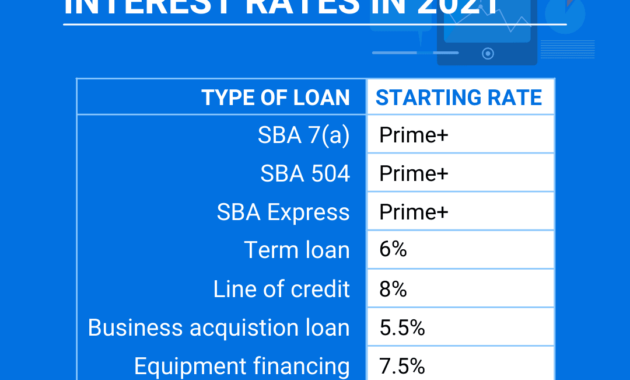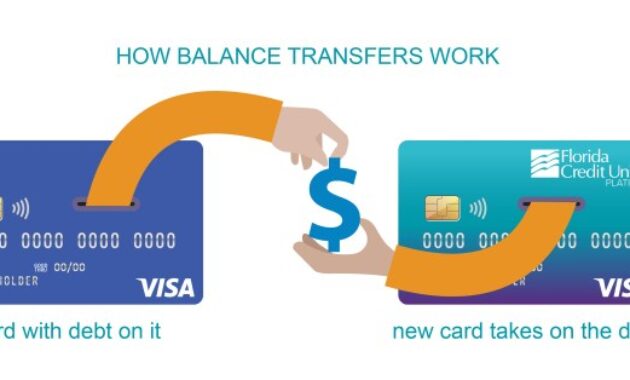Tax-efficient retirement accounts provide a strategic approach to saving for the future while minimizing tax liabilities. Exploring various account types and strategies can help individuals make informed decisions to secure their financial well-being.
What are Tax-efficient retirement accounts?

Tax-efficient retirement accounts are investment vehicles specifically designed to help individuals save for retirement while minimizing tax implications. These accounts offer tax advantages that can help individuals grow their retirement savings faster compared to regular investment accounts.
Examples of Tax-efficient retirement accounts
- 401(k) Plans: These employer-sponsored retirement accounts allow employees to contribute a portion of their pre-tax income, reducing their taxable income for the year.
- Traditional IRAs: Individuals can contribute pre-tax dollars to traditional IRAs, letting their investments grow tax-deferred until withdrawal during retirement.
- Roth IRAs: Roth IRAs use after-tax dollars for contributions, but withdrawals in retirement are tax-free, providing tax-free growth on investments.
Benefits of using Tax-efficient retirement accounts
- Tax Advantages: Tax-efficient retirement accounts offer various tax benefits, such as tax-deferred growth, tax-deductible contributions, or tax-free withdrawals in retirement.
- Compound Growth: By taking advantage of tax-deferred or tax-free growth, individuals can maximize the power of compounding interest over time, allowing their retirement savings to grow faster.
- Lower Taxation in Retirement: Using tax-efficient retirement accounts can help individuals manage their tax liabilities better in retirement, potentially leading to lower overall taxes paid during retirement years.
Types of Tax-efficient retirement accounts

When it comes to tax-efficient retirement accounts, there are several options available to individuals looking to save for their future. Let’s explore some of the most common types:
Traditional IRAs vs. Roth IRAs
Traditional IRAs and Roth IRAs are two popular retirement account options that offer tax advantages, but they differ in how they are taxed. Here’s a comparison:
- Traditional IRAs: Contributions to a Traditional IRA are typically tax-deductible, meaning you can reduce your taxable income in the year you make the contribution. However, withdrawals in retirement are taxed as ordinary income.
- Roth IRAs: Contributions to a Roth IRA are made with after-tax dollars, so you don’t get a tax deduction upfront. However, withdrawals in retirement, including earnings, are tax-free as long as certain conditions are met.
Employer-sponsored plans like 401(k)s, Tax-efficient retirement accounts
Employer-sponsored plans like 401(k)s are another common way to save for retirement with tax advantages. Here’s how they work:
- Employees can contribute a portion of their pre-tax income to a 401(k) account, reducing their taxable income for the year.
- Employers may also match a portion of the employee’s contributions, providing additional savings.
- Withdrawals from a 401(k) are taxed as ordinary income in retirement, but the upfront tax benefits can help individuals save more effectively.
Health Savings Accounts (HSAs)
While primarily used for medical expenses, Health Savings Accounts (HSAs) can also serve as a tax-efficient way to save for retirement. Here are some key features:
- Contributions to an HSA are tax-deductible, reducing your taxable income for the year.
- Funds in an HSA can be invested and grow tax-free, similar to a traditional IRA or 401(k).
- Withdrawals for qualified medical expenses are tax-free, and after age 65, non-medical withdrawals are also penalty-free (though subject to income tax).
Strategies to maximize tax efficiency
When it comes to tax-efficient retirement planning, there are several strategies you can implement to maximize your savings and minimize tax liabilities. By being strategic in your approach, you can make the most of your retirement accounts and ensure that you keep more of your hard-earned money in your pocket.
Tax Diversification for Optimal Results
One key strategy for maximizing tax efficiency in retirement planning is tax diversification. This involves having a mix of retirement accounts with different tax treatments, such as traditional IRAs, Roth IRAs, and taxable brokerage accounts. By diversifying your tax exposure, you can control your tax liabilities in retirement and have flexibility in how you withdraw funds.
Looking for affordable car loans? Look no further than Affordable car loans to help you finance your dream car without breaking the bank. With competitive interest rates and flexible repayment options, you can drive away in your new vehicle faster than you think. Don’t let budget constraints hold you back from getting the car you’ve always wanted. Check out Affordable car loans today!
- Consider contributing to both traditional and Roth retirement accounts to have a mix of pre-tax and post-tax income sources.
- Strategically withdraw funds from different accounts based on your tax situation each year.
- Review and adjust your tax diversification strategy regularly to align with your financial goals and tax laws.
Managing Required Minimum Distributions (RMDs)
Required Minimum Distributions (RMDs) are mandatory withdrawals from certain retirement accounts starting at age 72 (70.5 for those born before July 1, 1949). To manage RMDs for tax efficiency, you should plan ahead and consider the following tips:
- Calculate your RMDs accurately to avoid penalties and optimize your tax situation.
- Strategically plan your withdrawals to minimize the impact of RMDs on your tax bracket.
- Explore options like Qualified Charitable Distributions (QCDs) to satisfy RMD requirements while potentially reducing your taxable income.
Considerations for choosing tax-efficient retirement accounts
When choosing tax-efficient retirement accounts, there are several factors to consider to maximize the benefits and savings for your retirement. These factors include your income level, eligibility for different types of accounts, and the impact of investment choices on tax efficiency.
Impact of income level on eligibility and benefits
Your income level plays a significant role in determining your eligibility for different tax-efficient retirement accounts. For example, high-income earners may not be eligible for certain accounts like Roth IRAs due to income limits. On the other hand, lower-income individuals may qualify for additional tax benefits or credits when contributing to retirement accounts like Traditional IRAs or 401(k)s. It is essential to understand how your income level affects your eligibility and the potential benefits you can receive from different types of accounts.
Looking for affordable car loans? Look no further! At Affordable car loans , we offer competitive rates and flexible terms to help you finance your dream car without breaking the bank. Our hassle-free application process makes it easy to get approved quickly, so you can hit the road in no time. Don’t let high interest rates hold you back, check out our affordable options today!
Investment choices within retirement accounts
The investment choices you make within your retirement accounts can also impact the overall tax efficiency of your savings. Different investments, such as stocks, bonds, mutual funds, or real estate, have varying tax implications. For example, investments that generate high dividends or capital gains may be more tax-efficient when held within a retirement account due to the tax-deferred or tax-free nature of these accounts.
It is crucial to consider the tax implications of your investment choices and how they align with your retirement goals and tax planning strategies.
Final Conclusion
In conclusion, understanding the nuances of tax-efficient retirement accounts is crucial for long-term financial stability. By implementing smart tax strategies and selecting the right accounts, individuals can ensure a comfortable retirement with minimal tax burdens.
Top FAQs: Tax-efficient Retirement Accounts
What are the key benefits of tax-efficient retirement accounts?
Tax-efficient retirement accounts offer the advantage of tax-deferred or tax-free growth, helping individuals maximize their savings over time.
How does tax diversification play a role in retirement planning?
Tax diversification involves spreading assets across different types of accounts to manage tax implications effectively and create a balanced retirement income strategy.
What factors should be considered when choosing between different tax-efficient retirement accounts?
Considerations include income level, investment options, contribution limits, withdrawal rules, and tax implications to optimize savings and minimize tax liabilities.






